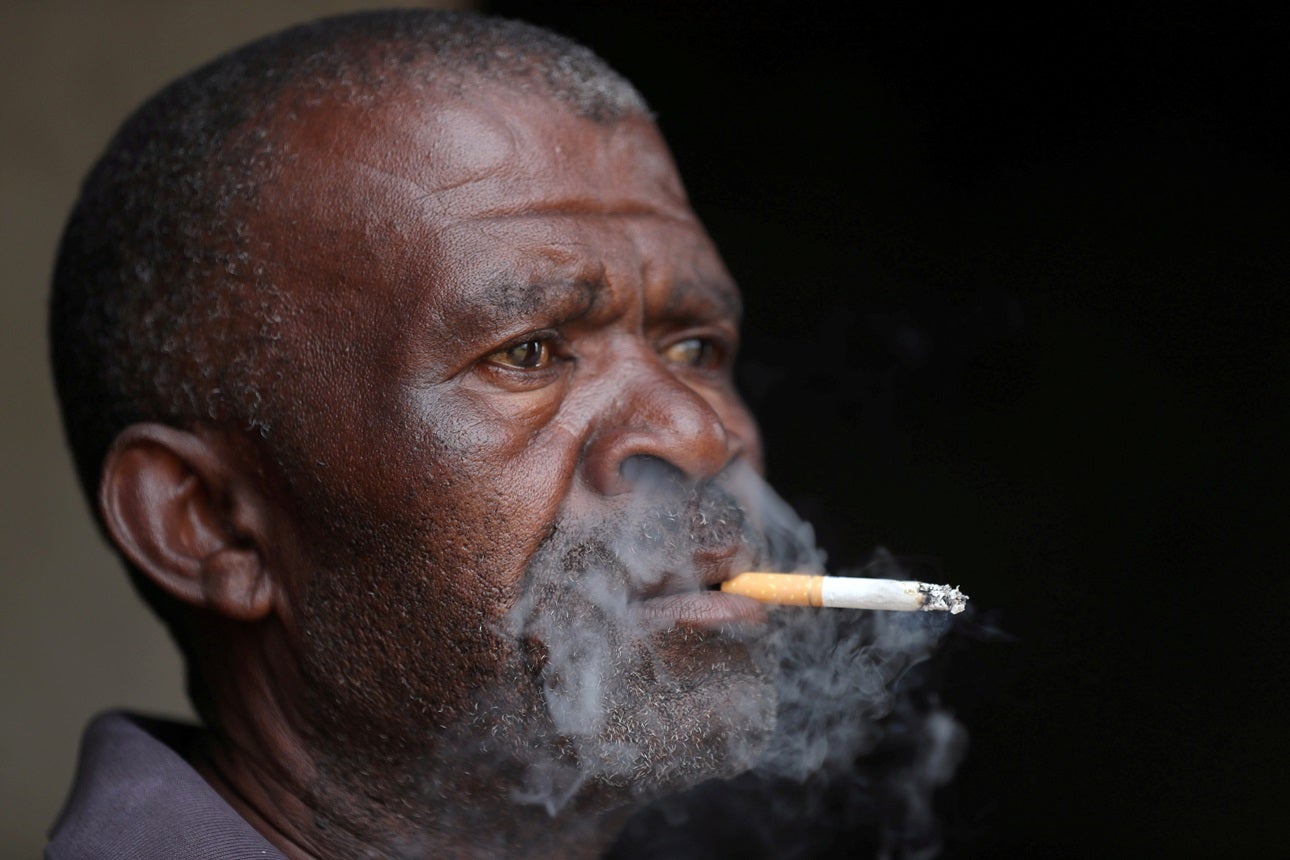WHO reports progress in fight against tobacco use
Countries are increasingly taking steps to reduce tobacco use, but low- and middle-income countries are lagging behind, according to a new report from the global health body

More countries than ever before are taking actions to reduce tobacco use, the World Health Organization has said in a new report. The global heath body found that 146 countries are moving to curb tobacco use, up from just 44 countries in 2007 when reporting began.
The biennial report measures progress across six key preventive measures: protecting people from tobacco smoke; helping smokers quit; warning about the dangers of tobacco; enforcing bans on advertising, promotion and sponsorship; and raising taxes on tobacco.
More than half of the world’s population (an estimated 5.3 billion people) are now covered by at least one of these measures. The report found progress across a number of key measurements including:
- Graphic health warnings are now required by 101 countries (up from 42 in 2014)
- A total of 57 countries ban tobacco advertising, promotion and sponsorships (up from 29 in 2014)
WHO research has found that raising prices through taxation is the most effective way to reduce tobacco use. Yet relatively few countries utilize this tool. A total of 38 countries covering just 14 percent of the global population have “sufficiently high tobacco taxes” to serve as a deterrent, according to the WHO.
To change this, earlier this year the WHO produced a technical manual on tobacco tax policy and administration to guide health leaders in adopting more aggressive tobacco tax policies.
“The evidence is clear: significant increases in excise taxes that lead to price increases have consistently proven to be the most effective, as well as the most cost-effective, mechanism for reducing tobacco consumption,” according to the WHO. “Tobacco industry interference and their scare tactics remains a major stumbling block to significant tax increases. Government resolve and commitment to protect people’s health is needed to counter powerful vested interests long opposed to tobacco taxation reform.”
The report found that 49 countries have yet to adopt any of the WHO recommended measures to reduce smoking, 41 of those are low- and middle-income countries.
The report also comes at a time when the evolving tobacco industry has used the pandemic to expand access to and promote their products. "The tobacco industry and other industries that are involved in the manufacturing and marketing of e-cigarettes, for example, were very active during the pandemic … they ensured that consumers had continuous access to these harmful products through contactless delivery, for example, or curbside drop-offs. And what is particularly concerning about those forms of access is that those who are under-age, who would normally not have access or difficulty accessing these products, could be made potentially easier through this contactless delivery system. We also know that they were providing promotional discounts, appropriating the #StayAtHome hashtag on social media for their own marketing purpose,” Dr. Hebe Gouda, Adjunct Associate Professor in the University of Queensland Australia’s School of Public Health, told the WHO in a recent podcast.
Although the proportion of people using tobacco has declined in most countries, population growth means the total number of people using tobacco is still high and growing. An estimated 1 billion people smoke – 80 percent of whom live in low- and middle-income countries. Researchers reported in the Lancet that approximately 32 percent of men and 7 percent of women smoke daily. Scientists estimate that smoking claims between five and eight million lives every year. And smoking by pregnant women is a major preventable cause of childhood stunting.
